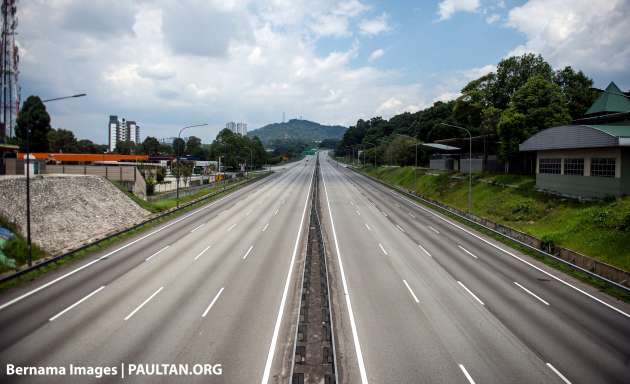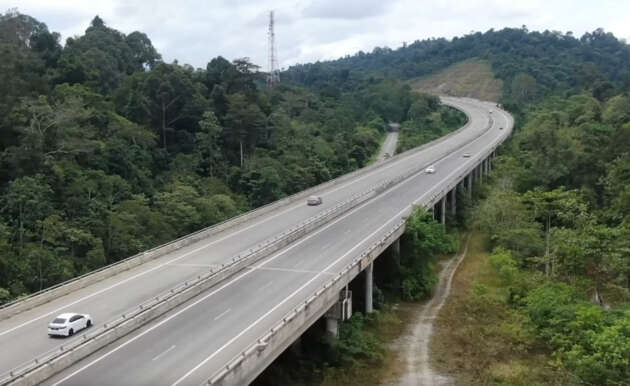The government is looking into the issue of cellular dead zones on certain stretches of Malaysian highways and will find ways to address this, according to works minister Datuk Seri Alexander Nanta Linggi.
Prompted by frequent complaints from highway users about dropped calls and poor connectivity, he said a special meeting was held to establish solutions to the problem. The discussion involved the ministry as well as communications minister Datuk Fahmi Fadzil, the Malaysian communications and multimedia commission (MCMC), and the Malaysian hghway authority (LLM).
“To date, approximately 50 km of highways have been identified as not receiving telecommunications coverage, including several sections of the PLUS expressway, West Coast expressway (WCE) and East Coast highway 2 (LPT2),” he said.
He added that the issue could not be taken lightly. “In an all-digital world, access to the internet and telecommunications network is no longer a luxury, but a basic necessity, including when on the highway,” he said.
Key outcomes from the meeting include the formation of a special LLM-MCMC task force, as Bernama reports. According to Nanta, this task force will coordinate an action plan, identify critical drop call zones, and assess the need for additional telecom infrastructure.
Highway concessionaires will also be engaged to implement both short and long-term solutions. Additionally, regional LLM and state MCMC teams will conduct on-site inspections to evaluate power supply facilities for infrastructure upgrades.
Nanta also proposed MCMC’s direct involvement in resolving frequency disruptions and supporting the multi-lane free flow (MLFF) system, and reaffirmed the government’s commitment in solving the issue. “Our commitment is clear, not only to build roads, but also to ensure that the people are always connected smoothly and safely,” he said.
Looking to sell your car? Sell it with Carro.



